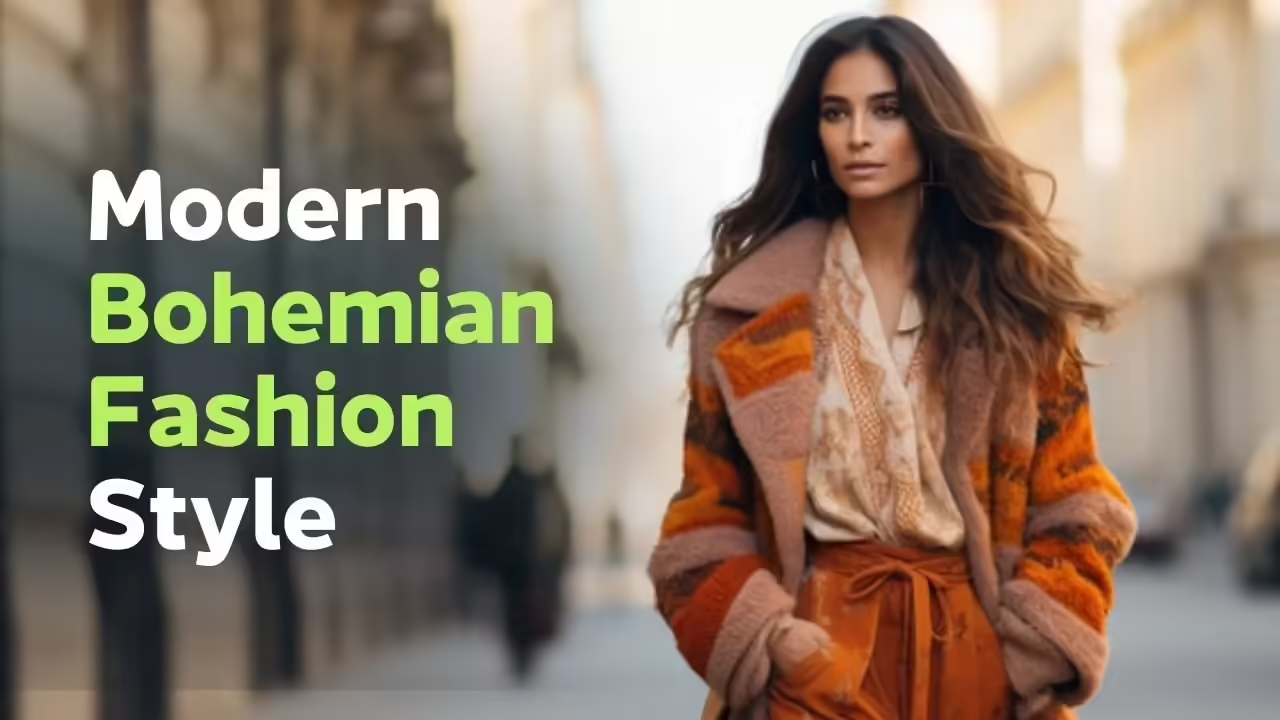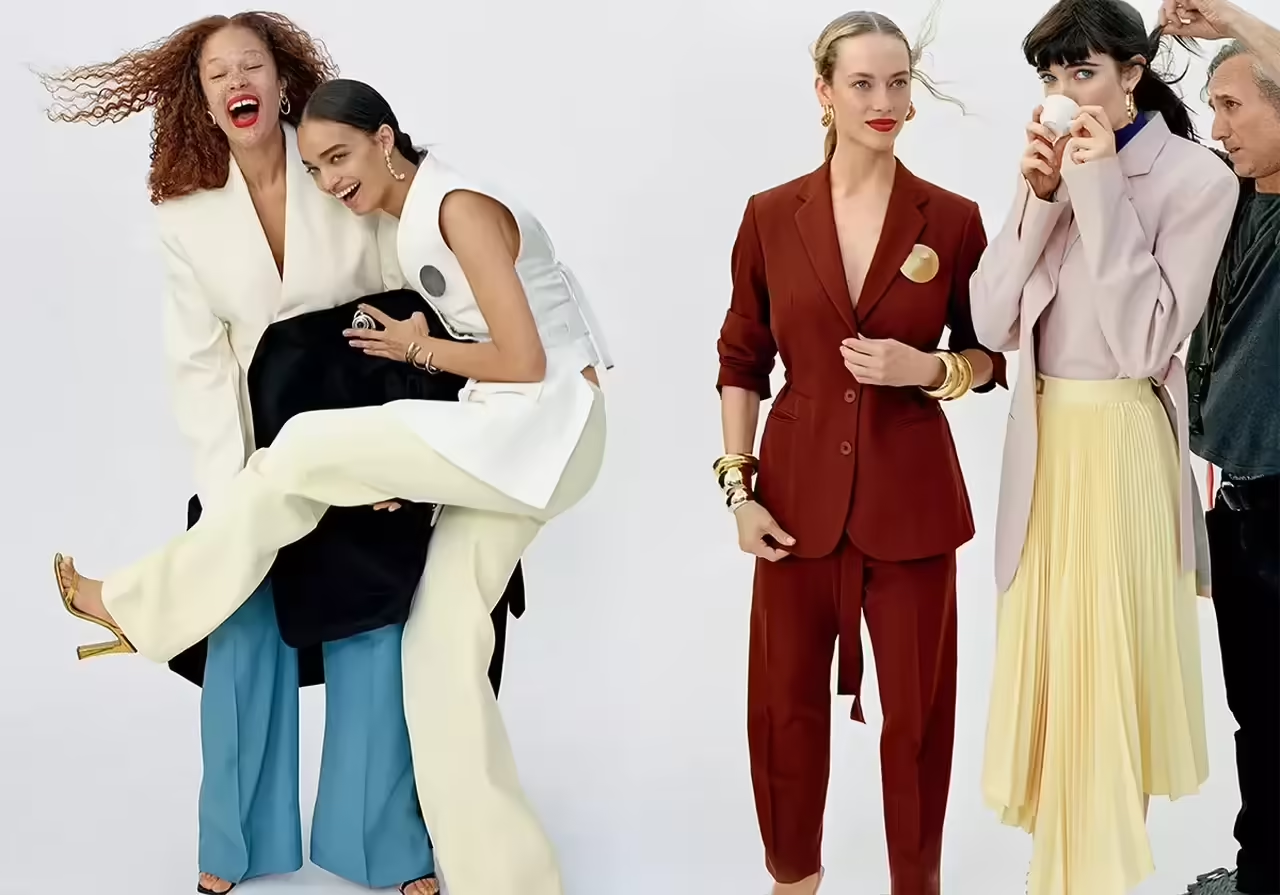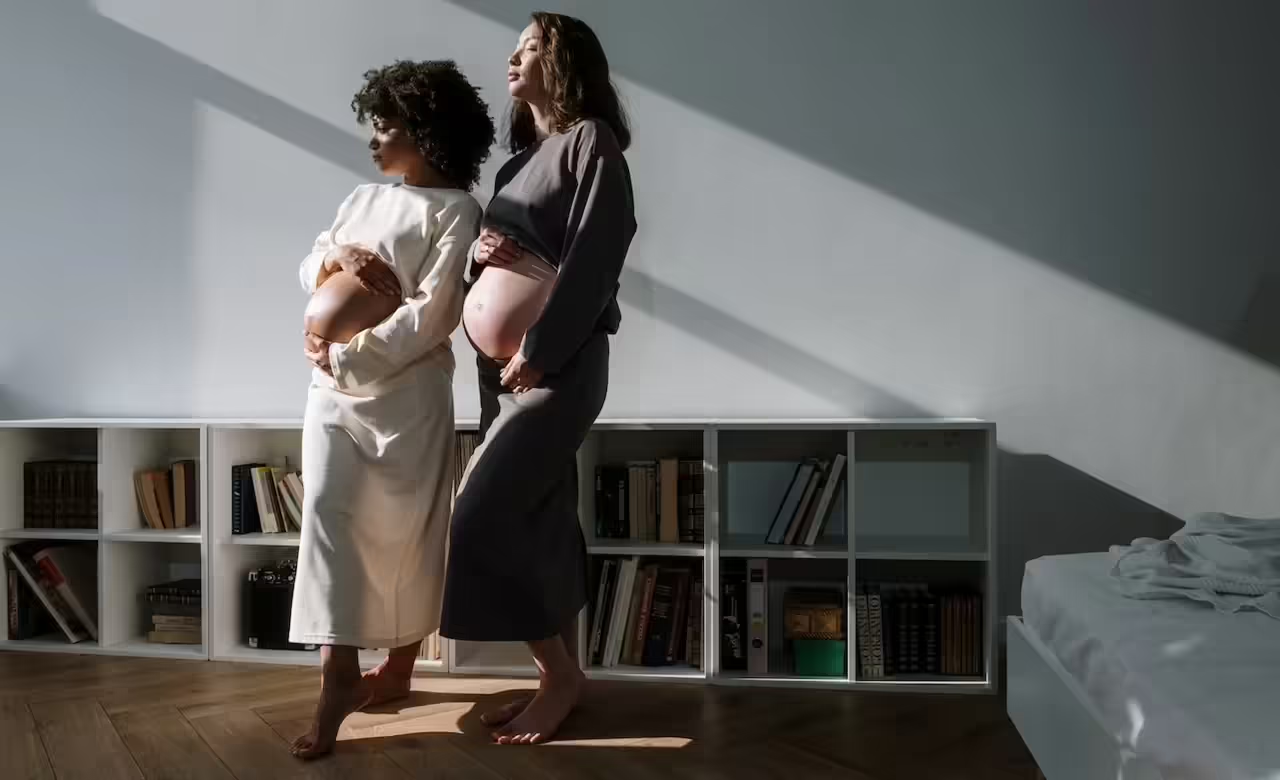
Bohemian fashion has long been a haven for those seeking to express themselves through clothing in a unique and eclectic manner. This style, evolving over the years, roots itself in a cultural movement that embraced creative freedom and resistance to conventional societal norms. Let’s delve into the origin and evolution of bohemian fashion, along with its deep connections to the inspiring cultural movement.
Origins of Bohemian Fashion:
The term “bohemian” originated in the 19th century to describe gypsies and other unconventional or nomadic individuals. Over time, it acquired a more artistic and free-spirited connotation, associated with those leading unconventional lifestyles, often linked to the artistic bohemia of Paris.
Evolution of Bohemian Style:
Bohemian style is characterized by its eclecticism and willingness to boldly mix colors, patterns, and textures. Loose garments, natural fabrics such as linen and cotton, and striking accessories are fundamental elements of this style. Over the decades, bohemian fashion has evolved, incorporating influences from various cultures and trends, from the vibrant ’60s and ’70s to modern interpretations.
Connections with the Cultural Movement:
Bohemian fashion is closely tied to a cultural movement that flourished in the 19th and 20th centuries, known as the “bohemian” movement. This cultural movement sought creative freedom, resistance to traditional social norms, and a focus on artistic exploration. Bohemians were artists, writers, and musicians who sought inspiration in everyday life and rejected conventional restrictions.
This movement reflected in bohemian fashion, advocating for authenticity and individual expression. Bohemians viewed fashion as an art form, choosing garments that resonated with their own identity rather than following conventional trends.
Key Features of Bohemian Fashion:
Natural Fabrics: Bohemian fashion often incorporates natural fabrics such as linen, silk, and cotton, emphasizing comfort and a connection with nature.
Vibrant Prints and Colors: Bohemians are drawn to lush prints and vibrant colors that reflect their free and creative spirit.
Unique Accessories: Accessories play a crucial role in bohemian fashion, with bold jewelry, colorful scarves, and unique hats complementing the ensemble.
Oversized Clothing: Loose and flowing garments are a distinctive feature of bohemian fashion, providing a relaxed and comfortable touch.
Ethnic Inspiration: Bohemian fashion often incorporates elements inspired by diverse cultures, celebrating diversity and cultural richness.
Key Elements of Bohemian Style: Elevating Comfort and Creativity
Bohemian style is more than a fashion choice; it is a way of life that embraces individuality and celebrates creative freedom. Within this broad spectrum of authenticity, some key elements define the distinctive character of bohemian style.
Loose and Flowing Clothing:
The essence of bohemian fashion lies in the uninhibited comfort that only loose and flowing clothing can offer. Ethereal dresses, loose blouses, and wide-legged pants become perfect companions for those embracing this style. The idea is to embrace freedom of movement and allow clothing to become a natural extension of the individual.
Use of Natural Fabrics and Ethnic Prints:
Bohemians find inspiration in nature and the diverse cultures of the world, reflected in the choice of fabrics and patterns. Natural fabrics like cotton, linen, and silk are fundamental, providing a sense of freshness and connection to the earth. Additionally, ethnic, tribal, and floral prints add a touch of originality and cultural diversity to the bohemian wardrobe.
Distinctive Accessories: Hats, Necklaces, and Bracelets:
Bohemian fashion is distinguished by its emphasis on accessories, playing a vital role in creating a complete bohemian look. Wide-brimmed hats, elaborate ethnic necklaces, and colorful bracelets become central pieces that complement loose clothing and add a distinctive touch. Each accessory tells a story and reflects the unique personality of the wearer.
Earth Tones and Vibrant Colors:
The color palette in bohemian style tends to include earth tones such as browns, greens, and ochres, evoking a connection with nature. Additionally, touches of vibrant colors like intense reds, bright yellows, or deep blues are allowed to add a touch of vitality and energy to the ensemble.
Vintage and Second-Hand Inspiration:
Bohemian style often embraces sustainability and individuality through vintage fashion and second-hand garments. Treasure hunting in flea markets and thrift stores becomes a creative adventure for bohemian fashion lovers, where each piece has its own story and unique character.
Together, these key elements encapsulate the free spirit and authenticity that define bohemian style. By adopting uncompromising comfort, creativity in fabric and pattern choices, and unique expression through distinctive accessories, those who embrace this style achieve a perfect balance between fashion and the freedom to be themselves. Bohemian fashion is not just a style; it is a declaration of creative independence that continues to resonate in the hearts of those seeking to join the unique and fascinating dance of bohemian life.
Cultural and Artistic Inspirations in Bohemian Fashion: A Creative Dialogue between Styles and Movements
Bohemian fashion, with its liberating and eclectic essence, has established deep connections with various artistic movements and cultures throughout history. From the bohemian resurgence in the 19th century to the present day, bohemian fashion has absorbed artistic and cultural influences, creating a creative dialogue between styles that has resulted in a unique expression of individuality.
Links between Bohemian Fashion and Artistic Movements:
19th-Century Romanticism:
Bohemian fashion has its roots in the 19th-century Romanticism, an artistic movement seeking emotional expression and a connection with nature. The preference for natural fabrics, floral prints, and earthy colors in bohemian fashion reflects the romantic sensibility of the time.
Art Nouveau Movement:
In the late 19th and early 20th centuries, Art Nouveau influenced bohemian fashion with its organic lines, sinuous forms, and nature-inspired motifs. The fluidity of bohemian garments and intricate patterns reflects the artistic aesthetic of this movement.
1960s and 1970s Counterculture:
During the 1960s, bohemian fashion experienced a significant resurgence thanks to the counterculture. The influence of movements like hippies and rock music translated into loose garments, psychedelic prints, and a rebellious attitude that still defines contemporary bohemian style.
Hippie Movement:
Bohemian fashion is intrinsically linked to the hippie movement, advocating for peace, freedom, and equality. Loose clothing, distinctive accessories, and individual expression in bohemian fashion reflect the hippie philosophy of rejecting established norms.
Influences from Specific Cultures on Bohemian Style:
Gypsy Influence:
The term “bohemian” was originally associated with gypsies, and bohemian fashion still retains influences from this culture. Ethnic prints, embroidered details, and striking accessories pay homage to the rich gypsy tradition.
Indian and Oriental Style:
Bohemian fashion has incorporated elements from Indian and Oriental styles, such as tunics, kimonos, and details like embroidery and mirrors. These influences add an exotic and vibrant dimension to bohemian style.
African Culture:
Bold colors, tribal prints, and vibrant fabrics in bohemian fashion are often inspired by the rich diversity of African culture. This influence adds a touch of exuberance and energy to bohemian garments.
Folk Art and Craftsmanship:
Bohemian fashion values craftsmanship and individual creativity, drawing inspiration from folk art and traditional craft traditions. Hand-embroidery, handmade fabrics, and artisanal details are features that connect bohemian style with traditional artistic expression.
How to Adopt Bohemian Style: Exploring Creative Freedom in Wardrobe
Embracing bohemian style involves embracing creative freedom, uninhibited comfort, and individual expression in dressing. Here are some tips for creating a bohemian wardrobe and some stores and brands offering authentic options.
Tips for Creating a Bohemian Wardrobe:
Loose and Flowing Garments:
Opt for ethereal dresses, loose blouses, and wide-legged pants that allow freedom of movement. Comfort is key in bohemian style.
Natural Fabrics and Ethnic Prints:
Choose garments made from natural fabrics like cotton, linen, and silk. Incorporate ethnic, tribal, or floral prints to add a distinctive touch to your wardrobe.
Striking Accessories:
Complete your outfits with distinctive accessories such as wide-brimmed hats, ethnic necklaces, colorful bracelets, and artistic scarves. These accessories are essential for bohemian style.
Earth Tones and Vibrant Touches:
Build your color palette around earth tones like browns, greens, and ochres. Add vibrant touches like intense reds, bright yellows, or deep blues for vitality.
Second-Hand and Vintage:
Explore thrift stores, flea markets, and vintage shops to find unique pieces with history. Bohemian fashion embraces individuality, and these stores offer a variety of authentic options.
Layering and Textures:
Experiment with layers and textures. Shawls, vests, and garments with lace and fringe details can add dimension to your bohemian look.
Comfortable Footwear:
Opt for comfortable footwear such as sandals, ankle boots, or espadrille-style shoes. Comfort is essential for bohemian style.
Stores and Brands Offering Bohemian Options:
Free People:
Known for its bohemian and romantic style, Free People offers a wide range of loose garments, striking accessories, and comfortable footwear.
Anthropologie:
Combining bohemian elegance with unique design elements, Anthropologie provides a diverse selection of clothing, accessories, and home décor.
Spell & The Gypsy Collective:
This Australian brand specializes in bohemian fashion with vintage and ethnic influences. Its garments and accessories capture the essence of bohemian style.
Zara:
A popular fashion chain, Zara often features garments with bohemian influences. Explore its collections for fashionable options with bohemian touches.
Urban Outfitters:
Urban Outfitters offers a wide range of bohemian clothing, from dresses to accessories, with options for those seeking a unique and relaxed style.
Etsy:
Explore Etsy to find independent designers offering handmade bohemian clothing and accessories. This platform is perfect for discovering unique and personalized pieces.
Adopting bohemian style is more than following a trend; it is a declaration of authenticity and creative freedom. Explore, experiment, and have fun building your unique bohemian wardrobe, celebrating diversity and individual expression in every fashion choice.
Embracing the bohemian style goes beyond donning garments; it becomes a personal journey of self-expression and a celebration of the inherent beauty in individuality. The essence lies in the freedom to curate a wardrobe that mirrors one’s unique spirit, drawing inspiration from diverse cultures, historical movements, and the vibrant tapestry of life itself. It’s a conscious choice to defy fashion norms, opting instead for a narrative woven with eclectic prints, earthy tones, and distinctive accessories that tell stories of distant lands and personal tales. Bohemian fashion is an ongoing dialogue, not just with fabrics and designs, but with the very essence of creativity, fostering a continuous exploration of one’s identity through the ever-evolving canvas of style.







